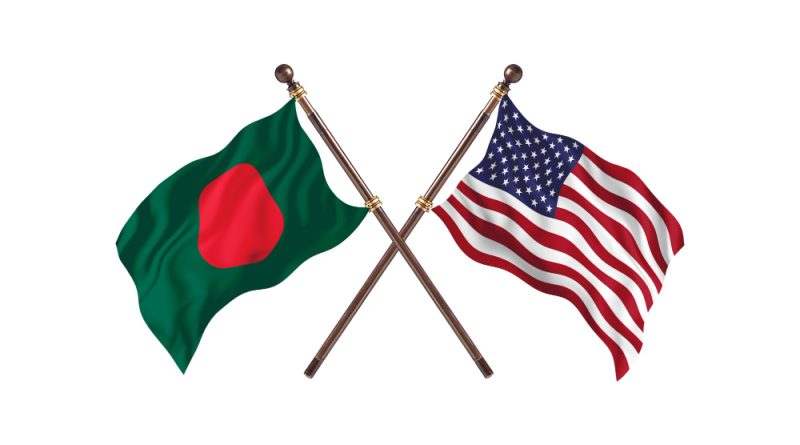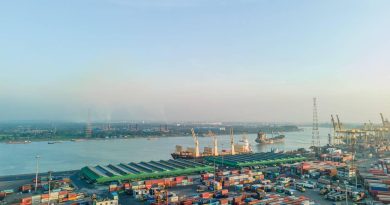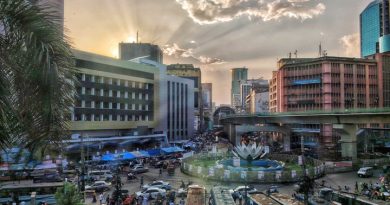Bangladesh has successfully negotiated a significant reduction in proposed US tariffs on its exports, with Washington agreeing to impose a 20 per cent reciprocal tariff instead of the previously threatened 35 per cent.
The agreement, reached on July 31 following intense negotiations in Washington, marks a major diplomatic and economic breakthrough for Dhaka, as the new rate levels the playing field for Bangladeshi goods—particularly in the apparel sector—in the American market.
The development came after a high-level delegation from Bangladesh held a three-day negotiation (July 29–31) with the Office of the United States Trade Representative (USTR) ahead of an August 1 deadline for the tariff hike to take effect. The delegation was led by Commerce Adviser Sk Bashir Uddin and included National Security Adviser Khalilur Rahman, Commerce Secretary Mahbubur Rahman, and Additional Secretary Nazneen Kawshar Chowdhury.
On the US side, Brendan Lynch, Assistant US Trade Representative, led the discussions. The deal was finalised just hours before President Donald Trump signed an executive order enacting reciprocal tariffs on imports from multiple countries.
Balanced Trade Strategy
Sources familiar with the negotiation said the tariff reduction was part of a broader agreement involving expanded imports from the United States. As part of the trade-off, Bangladesh has committed to purchasing 25 Boeing aircraft and importing 0.7 million tonnes of US wheat over the next five years.
These measures aim to narrow the trade gap with the US, which currently sees Bangladesh exporting around $7.68 billion worth of goods—mostly garments—while importing about $2.5 billion, primarily in iron and industrial materials.
The revised 20 per cent tariff rate will come into effect at 12:01 am (US Eastern Time) seven days after the executive order’s signing.
Relief and Praise
The outcome has been widely praised by political leaders, trade experts, and business groups in Bangladesh. Chief Adviser of the interim government, Professor Muhammad Yunus, called it a “landmark achievement in economic diplomacy,” adding that the deal “protects the country’s vital export interests in a challenging global trade environment.”
Officials expect the lowered tariff to boost export volumes to the US, safeguarding jobs in key sectors and restoring investor confidence.
Regional Context
Under the same executive order, the US has imposed varied tariff rates on other nations: 25 per cent for India, 30 per cent for South Africa, and 40 per cent for Myanmar. Vietnam, Sri Lanka, and Taiwan face similar 20 per cent tariffs, placing Bangladesh on par with key regional competitors.
However, the aggregate tariff on Bangladeshi goods will still stand at 35 per cent (20 per cent reciprocal tariff + 15 per cent existing duties), raising concerns about long-term competitiveness.
Confidential Conditions
Sources indicate the trade package includes confidential clauses under a non-disclosure agreement. While details remain under wraps, insiders confirm the US sought strategic assurances and expanded access to its export sectors as part of the agreement.
Looking Ahead
The Ministry of Commerce in Bangladesh held multiple consultations with US trade bodies and domestic stakeholders in the lead-up to the final round of talks, including discussions with US Wheat Associates, Chevron, the US Soybean Export Council, and the American Apparel and Footwear Association.
With more than 100 new items included in the FY2025-26 budget for zero-duty access, Bangladesh is now strategically realigning its trade policy to improve bilateral trade dynamics with major partners, particularly the United States.
Officials from the Commerce Ministry are expected to return to Dhaka on August 3 to brief the government and stakeholders on the full scope of the agreement.






